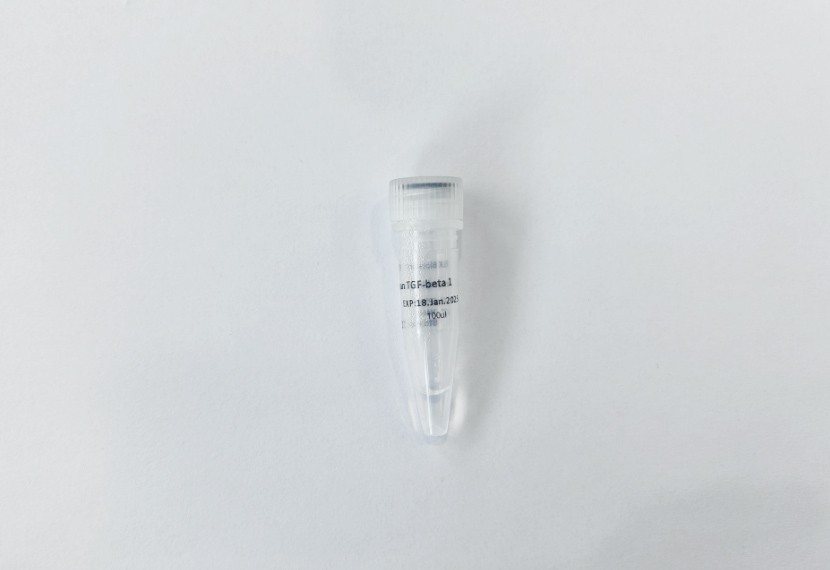| Product name: |
Recombinant Human NovoNectin |
| Description: |
Recombinant Human Fibronectin Fragment is produced by our E.coli expression system and the target gene encoding Pro1270-Ser1546&Ala1721-Thr2016 is expressed. |
| Accession: |
P02751 |
| Molecular weight: |
62.7 KDa |
| Apparent molecular weight: |
60-80 KDa, reducing conditions |
| Purity: |
Greater than 95% as determined by reducing SDS-PAGE. |
| Endotoxin: |
Less than 0.001 ng/µg (0.01 EU/µg) as determined by LAL test. |
| Biological activity: |
Measured by its ability to support cell attachment and spreading when used as a substratum for cell culture. The ED50 for this effect is 0.1-0.5 ug/ml. |
| Redissolve: |
Always centrifuge tubes before opening.Do not mix by vortex or pipetting.
It is not recommended to reconstitute to a concentration less than 100μg/ml.
Dissolve the lyophilized protein in distilled water.
Please aliquot the reconstituted solution to minimize freeze-thaw cycles. |
| Storage: |
Lyophilized protein should be stored at < -20°C, though stable at room temperature for 3 weeks.
Reconstituted protein solution can be stored at 4-7°C for 2-7 days.
Aliquots of reconstituted samples are stable at < -20°C for 3 months. |
| Delivery condition: |
The product is shipped at ambient temperature.
Upon receipt, store it immediately at the temperature listed below. |
| Background: |
Fibronectin1(FN1) is a secreted protein and contains 12 fibronectin type-I domains,fibronectin type-II domains and 16 fibronectin type-III domains.Recombinant human fibronectin fragment, is a protein of ~63 kDa containing a central cell-binding domain, a high affinity heparin-binding domain II,and CS1 site within the alternatively spliced III CS region of human fibronectin. Cells bind to a VLA-4 ligand, a CS-I site, and a VLA-5 ligand, a cell attachment domain, and virus vectors binds to a heparin binding domain II, which co-locates the cell and the virus vector on NovoNectin. This process enhances the density of both cells and vectors, and facilitates the gene transduction in the result. |






 One-click to copy product information
One-click to copy product information
 Manual
Manual